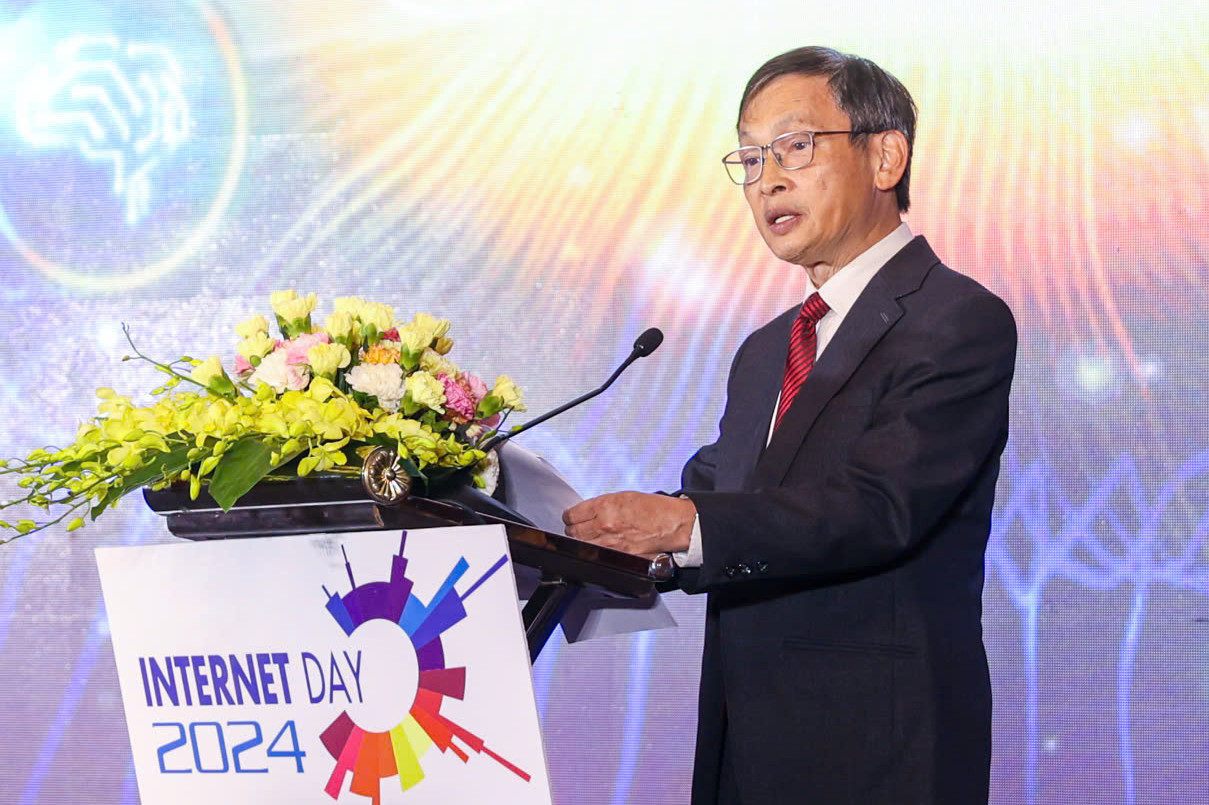The future of the Internet in Vietnam promises significant breakthroughs as technology evolves rapidly and the push for digital transformation accelerates.
With a projected 100 million Internet users by 2029, Vietnam is poised to cement its position as a digital powerhouse in the region.
At the Internet Day 2024 conference and exhibition, themed “A New Leap for Vietnam’s Internet: Breakthroughs with Data Centers, Cloud, 5G, and AI”, industry leaders gathered in Hanoi to discuss Vietnam’s digital future.
The event, organized by the Vietnam Internet Association (VIA) in collaboration with the Vietnam Internet Network Information Center (VNNIC), received support from the Ministry of Information and Communications (MIC).
VIA President Vu Hoang Lien highlighted the remarkable growth of Internet usage in Vietnam. From 20 million users in 2008 (24% of the population), the number of Internet users exceeded 40% by 2014.
By 2029, Vietnam is expected to surpass 100 million users, reflecting not just technological progress but also a cultural shift in Internet use.
“The challenge now is for Vietnamese digital enterprises to meet the needs of this expanding market,” Lien noted.

Nguyen Thanh Phuc, Director of the MIC’s Telecommunications Authority, emphasized the critical role of digital infrastructure in Vietnam’s socio-economic development.
He likened it to essential infrastructure such as transportation and electricity, asserting that it requires upfront investment and the flexibility to scale.
This infrastructure lays the foundation for economic growth and social progress while opening new opportunities for businesses in technology and telecommunications.
Key drivers of this transformation include advanced technologies like data centers, cloud computing, 5G, and artificial intelligence.
To guide this growth, the MIC has established a framework for digital infrastructure development, encompassing telecommunications, Internet infrastructure, data systems, physical and utility infrastructure, and emerging technologies.
Vietnam’s Internet landscape is entering a pivotal phase with the commercial rollout of 5G services in 2024. Leading telecom providers, including Viettel, VNPT, and MobiFone, are rapidly expanding their 5G networks. Plans are underway to ensure 5G stations comprise 50% of 4G stations by 2025.

In addition, Vietnam plans to introduce at least two new undersea cable routes by 2025 and add eight more by 2030. This expansion will significantly boost international bandwidth capacity, ensuring resilient and uninterrupted global connectivity.
Vietnam is prioritizing the development of large-scale data centers, including specialized facilities for artificial intelligence. The MIC is also encouraging the growth of platforms offering IoT, AI, big data, blockchain, and cybersecurity services, which will function as vital “soft infrastructure.”
By 2030, the government aims for each Vietnamese citizen to own an average of four IoT connections, enabling smart automation across various sectors and accelerating the country’s digital transformation.
As Vietnam approaches the milestone of 100 million Internet users, the nation’s ambitious digital strategy aims to position it as a regional leader in connectivity, innovation, and technological adoption. These efforts promise to unlock new economic opportunities, enhance global competitiveness, and improve the quality of life for millions of Vietnamese citizens.
Trong Dat